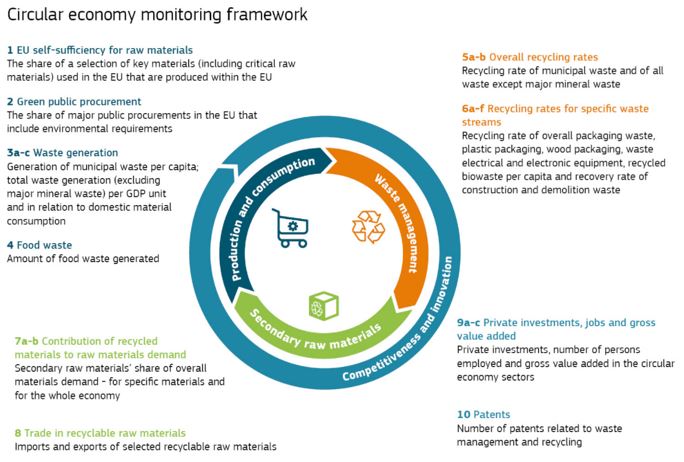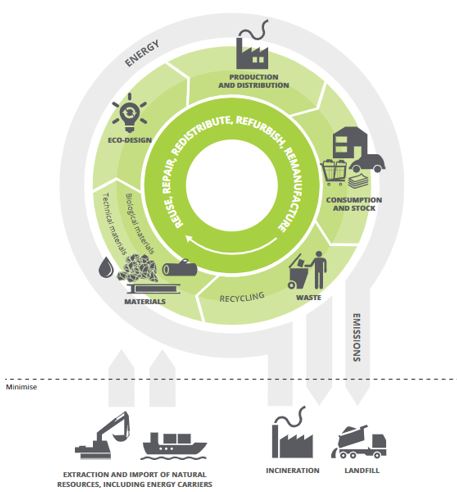Measuring and monitoring resource flows is key to enable an effective understanding of how cities work in terms of their fundamental stocks and flows, and consequently, to identify circular economy opportunities. Ideally, any circular solution should be based on a comprehensive analysis of the urban metabolism and a monitoring scheme should be settled since the early stages to evaluate the progresses towards circular loops on the one hand, and to overarching sustainable goals on the other.

There are several approaches to measuring and monitoring resource flows. They can range from the simplest ones based on the collection of available statistics, to modeling techniques to generate new data, to the recompilation of data using new digital technologies, including hybrid approaches based on a combination of these. Similarly, flows and stock can be monitored at system (region or city) level or at company level. The first is generally based on Multifactor analyses (MFA) informing on the metabolism of the system as a whole, while the second, which is generally conducted through Activity-Based Spatial MFA, informs on the actors involved in the material flows and their exchanges.
In general, the flows monitored locally and generally available in public statistics concern urban waste, energy, water and, more sporadically, biomass, including food waste. Other types of flows (i.e. metal ores, construction material or material energy-carrier) require some sort of modelling. More recently, thanks to the advent of Industry 4.0 IT tools, examples of real-time monitoring can be found using sensors and IoT technology, including tool which automatically measure circular economy performance and identify areas of opportunity (see e.g. Circle City Scan Tool).

Simplified model of circular economy materials and energy. Source: AEMA
Alongside the monitoring of resources during early stages to support the design of circular economy solution, the monitoring of resources should also be carried out constantly to evaluate the progress towards circular economy systems. For this, a KPIs monitoring system should be defined based on the identified flows and project objectives. In this regard, it is important to include both, relative and absolute indicators, e.g. total Municipal Solid Waste (MSW) and MSW/cap, as well as define how these relates to overarching sustainability frameworks (e.g. SDGs or Planetary boundaries).
Comments ()